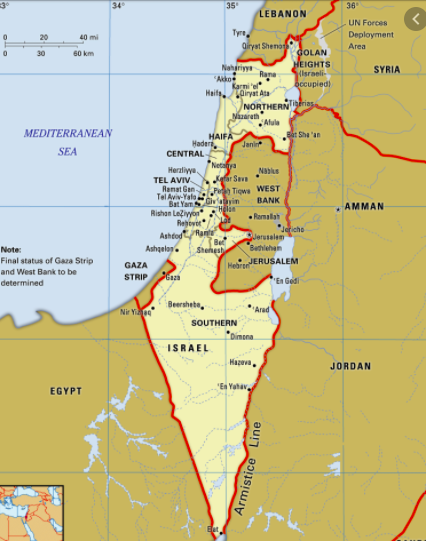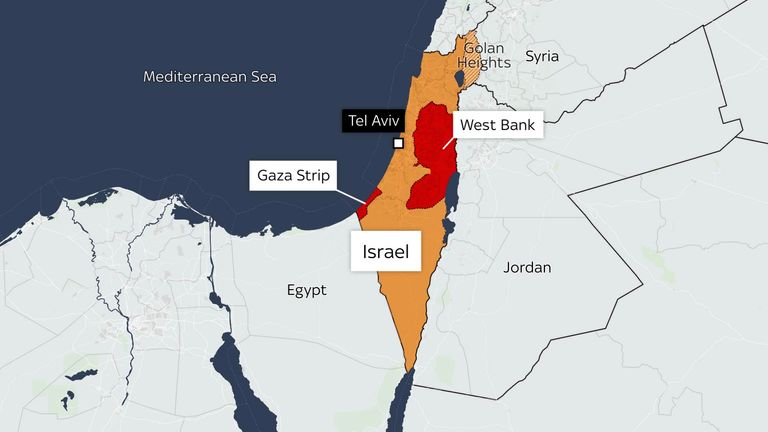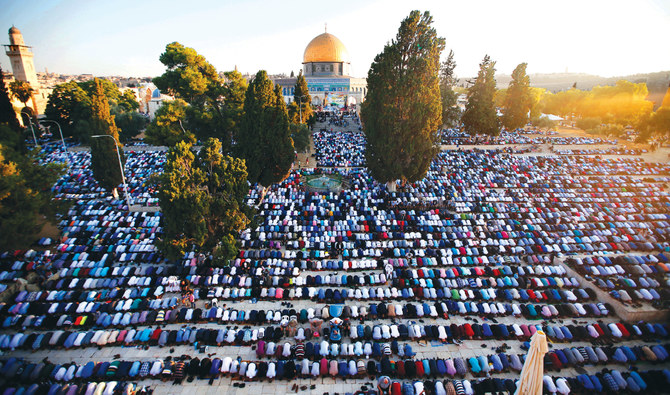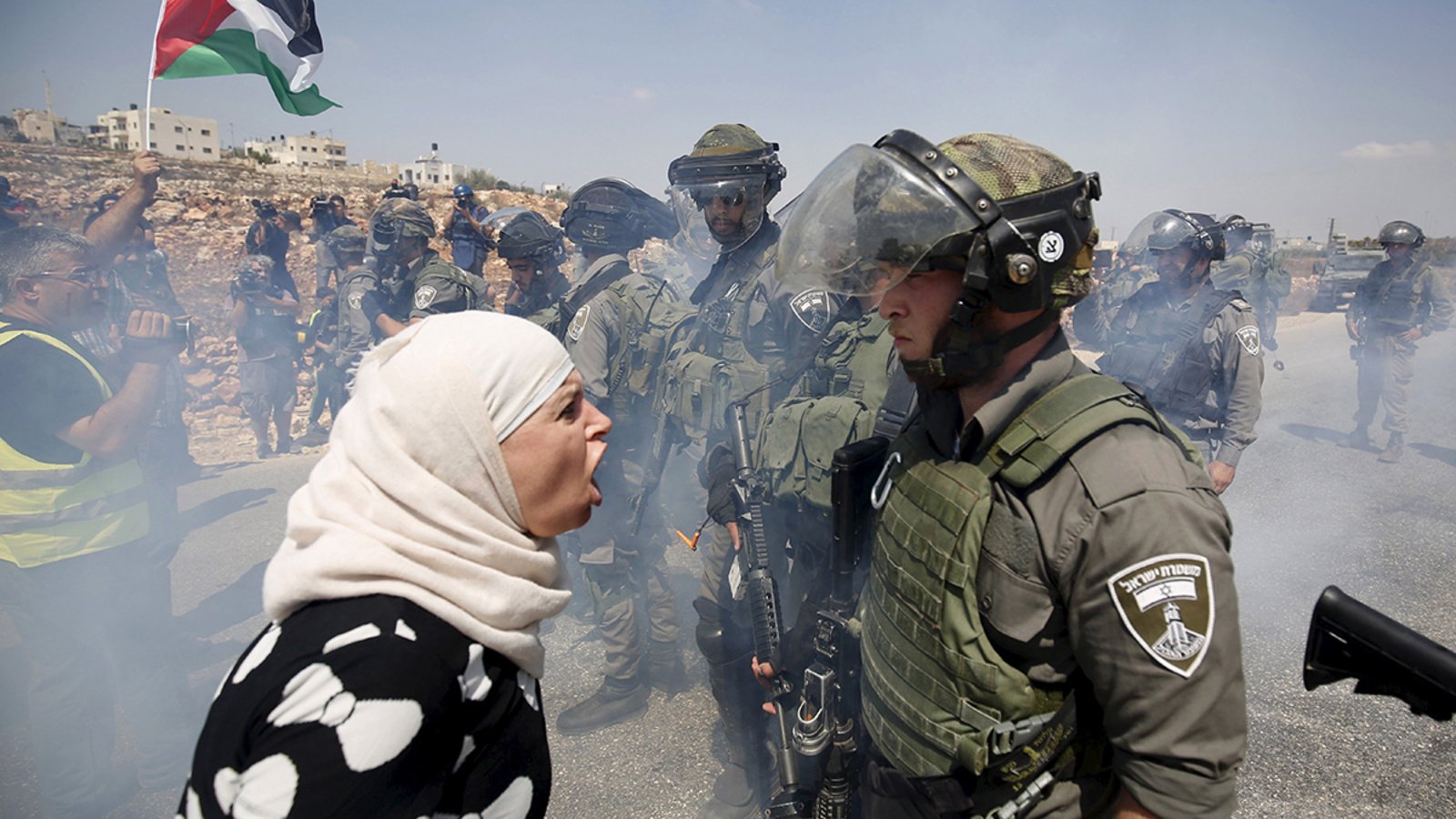This question has echoed through my mind for as long as I can remember. It’s not a simple inquiry but a complex puzzle of history, politics, and humanity. And as I stand here, my feet touching the very soil that has soaked up generations of stories, I can’t help but ponder this enigmatic tale.
As a child, I grew up in a world where the boundaries of nations seemed abstract, the divisions between peoples merely lines on a map. I lived in a small, peaceful town, far from the turmoil that has plagued this region for decades. Yet, my curiosity knew no borders, and I yearned to understand the roots of a conflict that has been etched into the collective memory of the Middle East.
It was during my university years that my fascination transformed into a passion. I chose to delve into history, to explore the narratives and nuances of a land that holds profound significance for so many. The more I learned, the more I felt compelled to understand the Israeli-Palestinian conflict from a first-person perspective, to gain a deeper sense of the lives entwined in this intricate web.
So, I embarked on a journey, one that would take me across both sides of the divide. My first stop: Jerusalem, the heart of this enigma.
A Tale of Two Cities
Jerusalem, is an ancient city with walls that have witnessed millennia of stories. I began my exploration in the Old City, a UNESCO World Heritage site that’s a microcosm of the Israeli-Palestinian conflict. As I walked through the narrow streets, I saw Jewish men praying at the Western Wall, while just a stone’s throw away, I heard the muezzin’s call to prayer emanating from the Al-Aqsa Mosque.
In the Christian Quarter, I met George, a Palestinian shopkeeper whose family had been selling religious artifacts for generations. His stories were a window into the daily life of Palestinians in East Jerusalem. He spoke of the challenges, the restrictions, and the hope that someday the city could truly be a place of coexistence.
Leaving the Old City behind, I ventured into West Jerusalem. It was a stark contrast – modern, bustling, and prosperous. Here, I met David, an Israeli student who had just completed his military service. He shared his perspective on the security concerns that had shaped his life and the lives of so many in Israel. The fear of violence, he explained, often led to policies that limited the freedom of movement for Palestinians in the West Bank.
Bound by History

My journey continued to the West Bank, a territory that has borne the brunt of the conflict. In Bethlehem, I found a town with a rich history, from the biblical birthplace of Jesus to the contemporary story of occupation. There, I met Mariam, a Palestinian woman who spoke of the struggles her family faced due to the separation barrier, which wound through their land, dividing them from their olive groves and ancestral homes.
The tension and uncertainty were palpable. But I couldn’t help but wonder about the Israeli perspective. So, I crossed into Gush Etzion, an Israeli settlement bloc in the West Bank. I sat with Yael, a young mother, who shared the sense of purpose she felt in building a life in a settlement. She believed that these communities were an essential part of Israel’s security and identity.
My journey into the West Bank also took me to Hebron, a city where Israeli settlers and Palestinian residents share the same streets, albeit uneasily. Here, I met Muhammad, a Palestinian shopkeeper who lived in the shadow of a settlement. His stories of daily friction, restrictions, and the omnipresence of Israeli soldiers painted a picture of life in Hebron.
A Fragmented Landscape

From the West Bank, I traveled to the Gaza Strip, a place that has often been described as an open-air prison. I met Ahmed, a young Gazan who had dreams of studying abroad but was trapped in a territory plagued by a crippling blockade. He described the daily struggle for survival, the lack of basic amenities, and the constant threat of conflict.
Returning to Israel, I visited Tel Aviv, a city that seemed a world away from the Gaza Strip. The beaches were crowded, the nightlife vibrant, and the cultural scene thriving. It was here that I met Talia, a young Israeli artist who was passionate about her country’s diversity and the need for dialogue with the Palestinian people. Her vision was one of coexistence, but the reality on the ground often seemed far from it.
The Weight of History
My journey was far from over. I had touched the surface of the Israeli-Palestinian conflict, but I had barely scratched it. The stories I had heard were a mosaic of suffering, resilience, fear, and hope. As I continued my exploration, I couldn’t help but reflect on the weight of history.
The establishment of the State of Israel in 1948 and the events that followed, including the 1967 Six-Day War and the subsequent occupation of the West Bank and Gaza Strip, had left deep scars. For Israelis, it was a triumph and a sanctuary for Jewish people, but for Palestinians, it was a Nakba, a catastrophe that led to displacement and loss.
The narratives on both sides were complex and deeply ingrained. Security concerns, historical grievances, religious attachments, and national identities all played a role in shaping the conflict. The struggle for self-determination, statehood, and human rights had been central themes for Palestinians.
Paths to Peace

I couldn’t leave my exploration without considering the prospects for peace. The international community had made numerous efforts to mediate and find a solution. The Oslo Accords, the Camp David Summit, and other initiatives had raised hopes but often ended in disappointment.
I met with activists and peacebuilders who were working tirelessly on both sides to bridge the divide. Organizations like “Combatants for Peace” and “The Parents Circle” were filled with individuals who had lost loved ones to the conflict but were determined to prevent further loss by promoting reconciliation and dialogue.
Reflections
As I concluded my journey, I felt a mix of emotions. The Israeli-Palestinian conflict was not a riddle to be solved in a day or a book. It was a living, breathing struggle with real people on both sides yearning for a better future.
I realized that the question, “Why Israel occupies Palestine?” was not a singular question. It was a question with countless answers, all shaped by the unique experiences and perspectives of those living it. The conflict had no easy solution, but I hoped that by sharing these stories, I could shed light on the human side of this enduring conflict and inspire greater understanding and empathy.
As I departed the region, I carried with me the voices of those I had met – the hope of Mariam, the dreams of Ahmed, the vision of Talia, and the resilience of so many. Their stories, their pain, and their aspirations were now a part of me. And though the question remained unanswered, I had come to understand that the path to peace in this land would be paved with empathy, dialogue, and the recognition of the shared humanity that bound Israelis and Palestinians together, even amid their strife.

